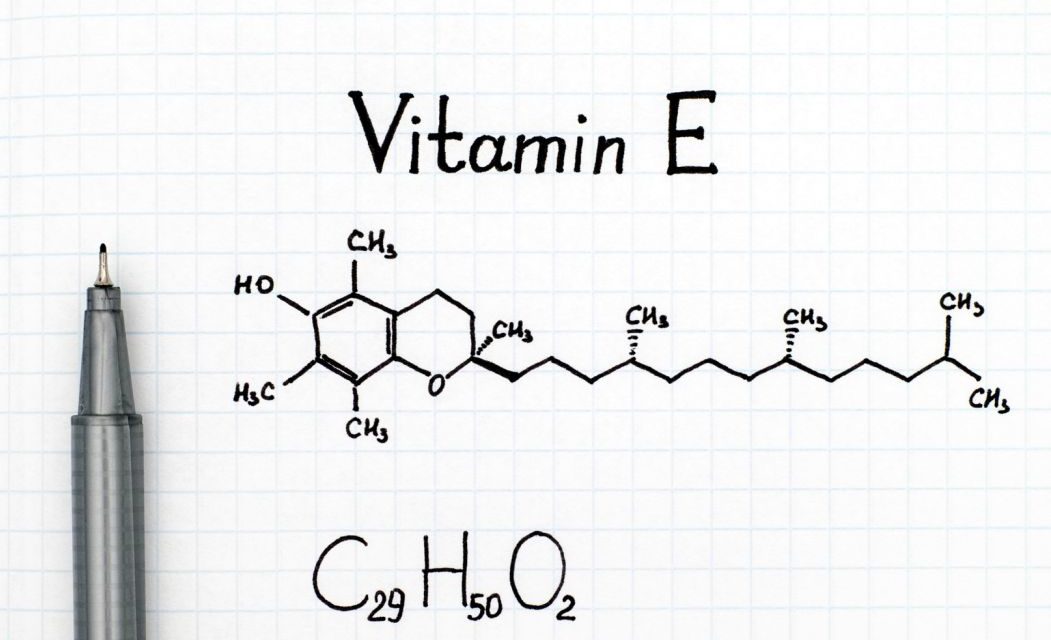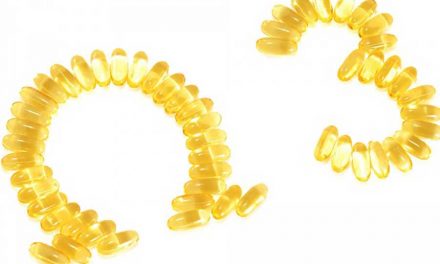A study at John Hopkins in November 2004 seemed to indicate that elderly, ill patients who took vitamin E in doses in excess of 400 IU suffered an increase of mortality (6%) compared to controls.
Doctors at a conference in New York leveled the following criticisms of the John Hopkins study:
- The study focused on patients who were elderly and ill, so it is possible that the results would not apply to a healthy population.
- The doctors were critical of the statistical method used in the study — called a “meta-analysis.” A meta-analysis is the use of statistical methods to combine results of separate studies.
- According to said Dr. Gerald M. Lemole, chief of cardiac surgery at Christiana Health Care Services in Newark, Del, “Meta-analysis is not a great way to do a study because not everyone agrees on the end-point. Also, you can’t say these results apply to the general population.”
- Other critics note that there is a difference between synthetic and natural vitamin E. Vitamin E is actually a group of chemicals called “tocopherols”. Synthetic products tend to have only alpha tocopherol. When other tocopherols, like gamma tocopherol (not found in cheap, synthetic products), there may not be a problem.
- In doses of 200 IU per day, there are not harmful effects.
Studies have indicated that vitamin E may help against a variety of health problems, including Alzheimer’s disease, cancer and cataracts. A study of 32,000 men is now being conducted by the National Cancer Institute testing the if 400 IUs of vitamin E and/or 200 micrograms of the mineral selenium can help in preventing prostate cancer. This study is a follow-up to earlier studies that showed benefits to taking vitamin E to prevent a recurrence of prostate cancer and decrease in mortality from the disease.
According to Dr. Mark Moyad, director of Complementary and Alternative Medicine at the University of Michigan, said vitamin E did show benefits in terms of decreasing oxidative stress in cells. But “there’s a big gap between that and the bigger and more difficult question is linking these markers to clinical uses, like reducing heart attacks and cancer.”






